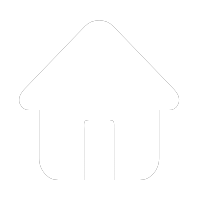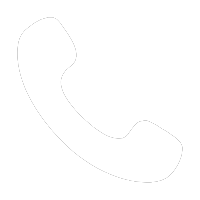Deburring – Precision Burr Removal Solutions for Metal and Plastic Components

What is Deburring?
Deburring is the process of removing unwanted sharp edges, burrs, or residual material left on a workpiece after machining, cutting, stamping, or molding. Burrs can affect the precision, safety, and appearance of components. Effective deburring ensures smooth edges, precise dimensions, and improved assembly efficiency.
Importance of Deburring in Manufacturing
Burrs, if not removed, can:
-
Compromise product safety by creating sharp edges
-
Affect dimensional accuracy and assembly
-
Increase wear on tools and machinery
-
Reduce aesthetic appeal and surface quality
By implementing deburring processes, manufacturers can enhance product performance, comply with quality standards, and extend the life of components.
Types of Deburring Methods
-
Manual Deburring
-
Uses handheld tools like files, abrasive pads, brushes, or scrapers.
-
Suitable for small batches and complex geometries.
-
-
Mechanical Deburring
-
Employs tumblers, vibratory finishing machines, or brushes to remove burrs efficiently.
-
Ideal for medium to large production volumes.
-
-
Automated Deburring
-
CNC deburring machines, robotic arms, and laser deburring provide precision and consistency.
-
Reduces labor costs and ensures repeatable quality.
-
-
Thermal and Electrochemical Deburring
-
Uses controlled thermal or chemical processes to remove burrs in hard-to-reach areas.
-
Often applied to high-precision metal components.
-
Deburring Tools and Equipment
Common deburring tools include:
-
Handheld Deburring Machines: Lightweight, ergonomic, versatile
-
Rotary Tools: Abrasive discs, flap wheels, wire brushes
-
Specialized Deburring Machines: CNC-controlled, automated burr removal
-
Edge Finishing Tools: Chamfering and polishing tools for smooth surfaces
Selecting the right deburring tool depends on material type, workpiece geometry, batch size, and required precision.
Industries That Rely on Deburring
Deburring is critical in industries such as:
-
Automotive: Engine parts, chassis, and body components
-
Aerospace: High-precision metal components
-
Medical Devices: Surgical tools and implants
-
Electronics: PCB edges, metal housings
-
Metal Fabrication: Sheet metal parts, tubes, and custom components
Benefits of Professional Deburring
-
Enhanced Safety: Smooth edges reduce injury risks
-
Improved Product Quality: Accurate dimensions and polished surfaces
-
Efficiency in Assembly: Burr-free parts fit precisely
-
Extended Tool Life: Reduced wear on machining tools
-
Aesthetic Appeal: High-quality finished products
FAQs About Deburring
1. What is the main purpose of deburring?
Deburring removes unwanted burrs and sharp edges from a workpiece to improve safety, precision, and surface finish.
2. Which materials can be deburred?
Deburring can be applied to metals, plastics, composites, and even ceramics, depending on the method used.
3. How does automated deburring work?
Automated deburring uses CNC machines, robotic arms, or laser systems to remove burrs with high accuracy and repeatability.
4. What industries require deburring?
Automotive, aerospace, medical, electronics, and general metal fabrication industries all rely heavily on deburring for product quality.
5. How to choose the right deburring method?
Consider workpiece material, geometry, production volume, precision requirements, and available equipment when selecting a deburring method.
-
Universal Swivel Head Milling Machine – Precision Multi-Axis Metalworking Solution

2025-08-15
-
Turret Milling Machine – Versatile High-Precision Milling Solution

2025-08-13
-
CNC Lathe – High-Precision Turning Machine for Industrial Manufacturing

2025-08-13
-
Bench Lathe – Precision Machining in a Compact Design

2025-08-11
















